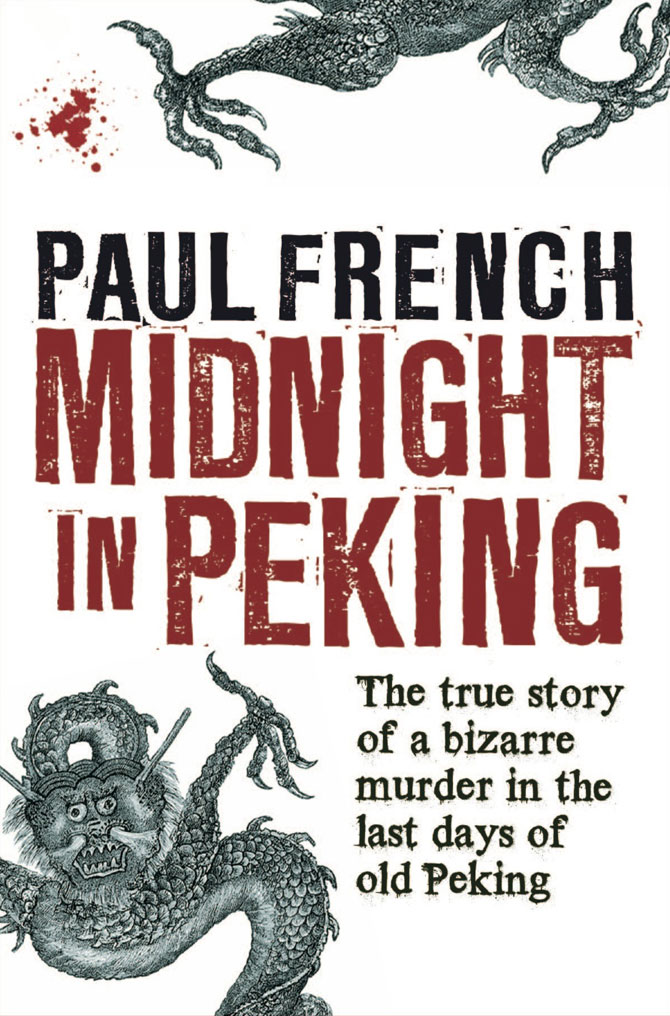I always find it funny when people describe their favorite items of entertainment as their “desert island†list—you know, those movies or albums you would want to have with you if you were stranded on a desert island—because obviously it’d have to be a desert island with electricity and you’d have to have been carrying a TV and a DVD player and a stereo in your suitcase. You could make the case for books, but again, who would have their 10 favorite books in one suitcase? Sorry, folks, if the ship sinks, be prepared to get friendly with your toes.
If I had to pick a list, however, Casablanca would be on it, clichéd though that may be. I love that movie as much as I love anything to which I’m not related by blood, but not for the same reason as most. Yes, the doomed romance of Rick and Ilsa is tragic and beautiful and all, but what draws me to the movie is the setting, that Moroccan outpost where the lost souls of all nations wash up and congregate, partying the nights away while waiting for the jackboots of the Nazi hordes and history to erase them at long last from human memory. Casablanca was what William Burroughs called an interzone, a nexus where the rules don’t apply to dead men and women walking. The real heroes of Casablanca are the expats who watch every plane take off for Lisbon and despair that they aren’t aboard, and therein lies its real romance.

Another such place was the city of Peking (now called Beijing) in the late 1930s. Once the capital and jewel of China, the Forbidden City had been abandoned by Premier Chiang Kai-shek, who moved his government to Nanking in the face of Communist insurgency and the ever-encroaching Japanese invasion force. The Chinese residents lived amid growing poverty and resignation to a grim future under Japanese rule. The expat community was divided between the old China hands who had assimilated into the city, the refugees who populated the seedy and dangerous Badlands—primarily White Russians who’d fled Stalin’s Soviet Union—and the diplomats and journalists, mostly British, holed up in the gated and very European confines of the Legation Quarter, swimming in the privilege of fading Empire and waiting to be called home.
In those dreaded and decadent days, death among the Chinese was rampant and expected. The death of a European, however, was another story, as the presence of the legations was one of the few bulwarks Peking had against the invaders. And the brutal and ghastly murder of a teenaged English girl was a catastrophe of the highest order. In January 1937, when young Pamela Werner’s body was discovered outside the city wall, mutilated, eviscerated and left on the frozen ground for the wild dogs, alarms went off from the street to the seat of Britain’s diplomatic corps. Some of the city’s residents believed Pamela had been killed by fox spirits, which would have been a more palatable explanation than the truth, that one or, more likely, several maniacs were loose on the streets of Peking.
Historian Paul French chronicles the search for Pamela’s killers in his new book Midnight in Peking: How the Murder of a Young Englishwoman Haunted the Last Days of Old China (Penguin, 2012). Though a nine-day wonder in the global press at the time—the savage murder of an English schoolgirl on Chinese soil—the story had long since been buried by World War II and the rise of the Communists. French’s research reveals a deep and fascinating lost tale of two police detectives, one Chinese and one English, who discovered a troubled girl with dark secrets, a grieving father who’d spent a lifetime making enemies, foreign thugs and gangsters, Russian bordellos and underground sex parties, and corruption throughout the British contingent in China.
Although the murder investigation and the unearthing of secrets within both the Peking underworld and the halls of colonial power take center stage, it is the setting that proves every bit as fascinating. Under French’s guidance we get a full tour of the once-magnificent city and its people under siege, its beauty and glory fading, its superstitions and its harsh realities living side-by-side. French’s view is from the ground up, and we get a real feel for day-to-day life among the servants, rickshaw drivers, petty criminals and beat cops as they operate in the shadow of the dark forces gathering around them. French has accomplished that rare thing in the true-crime genre, made the scene of the crime every bit as interesting as the crime itself.
Midnight in Peking is worth a read, and possibly two, for fans of police procedurals, history buffs and those—and there are many—looking to make sense of China’s past and present. And for those like me, who find tragic romance in the death of interzones, it may not be a desert-island book but it’s a definite keeper.
Like what you just read? Support Flagpole by making a donation today. Every dollar you give helps fund our ongoing mission to provide Athens with quality, independent journalism.










